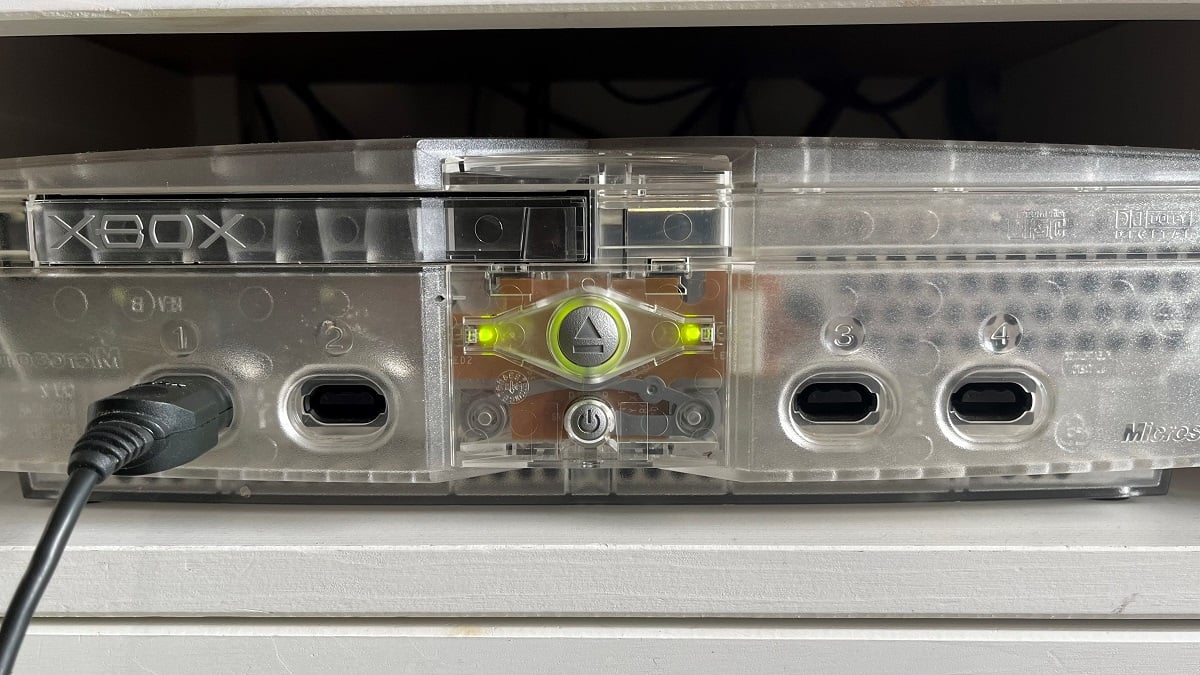10 best original Xbox games of all time, ranked
Team Green
The console wars were still raging when I was in high school, and while I was on team GameCube, a good friend of mine was on team Xbox. Maybe not firmly team Xbox, as he wasn’t as close-minded as I was. He loved the short-lived Dreamcast and even managed to introduce me to some PS2 titles that stuck with me. However, his enthusiasm for Microsoft’s first foray into the console market has left me with a lasting affection towards the massive brick of hardware.
With just short of 1000 games, it had a larger library than Nintendo’s GameCube, but a much smaller one than the PS2. It sold an estimated 24 million, which gave it a small lead over the Gamecube’s estimated 22 million. Most importantly, it solidified Microsoft as a big player in the console market that endures to this day.
Today, I mostly know it as the era’s console with the best third-party ports. If a game was released on the three major consoles of the generation, you can bet that the best version was on Xbox. However, while that’s a terrific strength to have, the console’s beefy hardware attracted a large number of exclusive titles. Selecting from such a large pool was no easy task, and for all those that I name below, I’ve left out some other great titles.
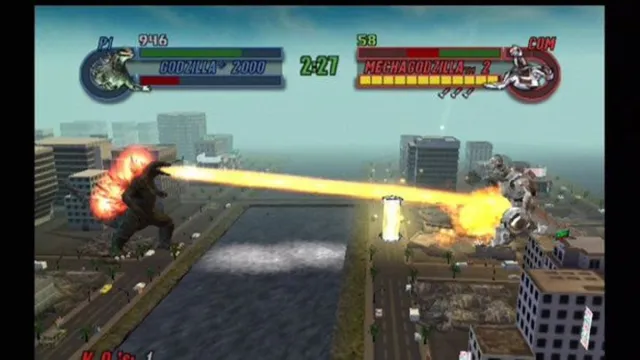
10. Godzilla: Save the Earth (2004)
Okay, I know a lot of people aren’t going to agree with me here, but I was a huge fan of Godzilla: Destroy All Monsters Melee on GameCube. However, it was really easy to burn through every scrap of content in that game during a short rental period. Godzilla: Save the Earth is the sequel to that, only it brings with it more content, more kaiju, and more fun.
Yes, I’ll admit that it’s a dumb game about giant monsters throwing skyscrapers at each other, but just saying that out loud reminds me of how awesome that is. Godzilla has had it pretty rough when it comes to video games, but Pipeworks Studios did the license proud. It’s clear that their titles were Godzilla fans trying to make their dream game, and I happen to share in that dream.

9. Jet Set Radio Future (2002)
The biggest win for Microsoft’s Xbox was probably the failure of Sega’s Dreamcast. While Sega went multiplatform after pulling out of the console market, they seemed to favor the Xbox, perhaps feeling soured from their rivalries with Nintendo and Sony. If the Dreamcast’s lifespan was cut short, its library lived on through the Xbox. Games like Crazy Taxi, Panzer Dragoon, and Shenmue all found their way to Microsoft’s console.
2002’s Jet Set Radio Future is a good example of this, being a sequel to 2000’s Jet Grind Radio. Well, technically, it’s not a sequel, instead existing in its own timeline. It could be called a do-over, as it carries over a similar plot, the same characters, and the same fast and addicting gameplay. The biggest difference is that Jet Set Radio Future has a more open structure and drops the time limit of the original.
It didn’t sell well, unfortunately, which might be why we haven’t received a sequel to this day. It hasn’t even been ported, meaning the only way to really play it today is on the original console. Playing it now gives a real “they don’t make ‘em like this anymore” vibe.
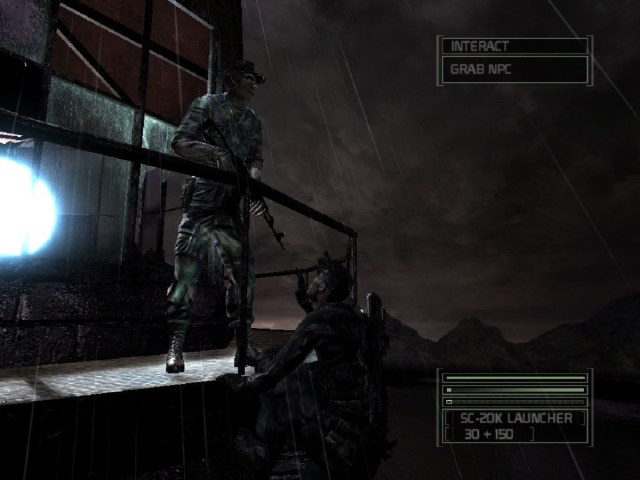
8. Splinter Cell: Chaos Theory (2005)
Tom Clancy’s Splinter Cell is a series about a grumbly man who sasses his way through terrorists. Or around terrorists, I guess. It’s a stealth game. Although the series was multi-platform, the PS2 and Gamecube always wound up with oddly stripped down versions. Splinter Cell: Chaos Theory is the best the series ever got while potentially being the worst on the less powerful consoles.
While Splinter Cell: Chaos Theory largely stuck to the classic formula in single-player, it threw in a terrific co-op mode and an asymmetrical competitive mode when asymmetrical multi-player was still an extreme rarity. Both of these multi-player splinters were terrific, while the main campaign is the height of the series.
After things transitioned to the next generation, Splinter Cell kind of lost its way. Things became progressively more and more ridiculous, and for some people, that’s probably the way they prefer it. For me, on the other hand, I like my stealth shadowy and my narratives forgettable.
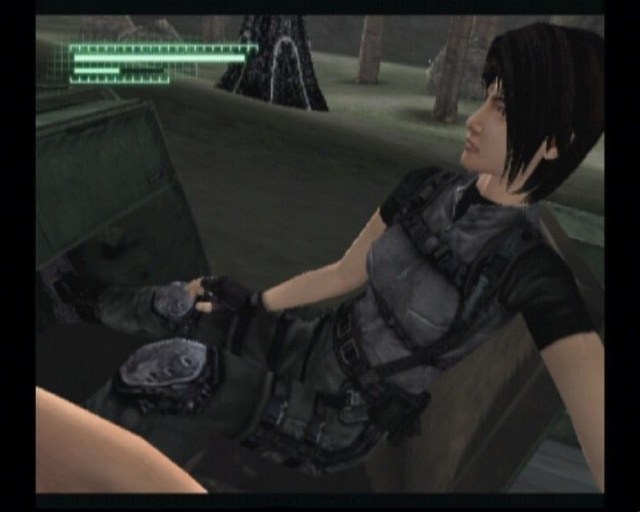
7. Breakdown (2004)
Breakdown feels like a celebration of the first-person perspective. It’s clear that the developers of Namco wanted to take the immersive and much-beloved camera angle and push it to its limits. You never left the protagonist’s eyeballs. When a friend of mine first told me about it in high school, he excitedly described the protagonist eating a hamburger, and while that sounds ridiculous, it really is awesome.
Japanese first-person shooters are a bit of a rarity, even today. Breakdown feels like the perfect embodiment of what you get when you combine the genre with the inventiveness of Japanese games in the early-’00s. There’s a lot of jank, and the story is very bizarre, but its approach makes it stand out despite those issues. While first-person shooters were becoming progressively more interchangeable, its immersion-first approach keeps it feeling fresh.
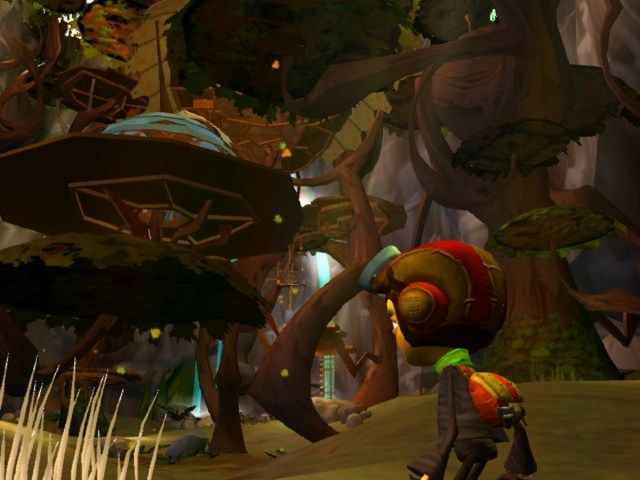
6. Psychonauts (2005)
Psychonauts has far outlived the console it launched on, to the point where it’s difficult to remember that the Xbox was its primary platform. It did launch on PS2 and PC, but those almost seem like afterthoughts. Regardless, Psychonauts was something of a financial disappointment at a time when new IPs were struggling to be recognized. Despite that, word-of-mouth from its avid fanbase granted it a cult following. Over 15 years later, we’d finally get Psychonauts 2.
The original is still worth playing however. Featuring surprisingly deep characters, an excellent soundtrack, and solid platforming. It’s packed with great and memorable moments that will drill into your grey matter and live there.
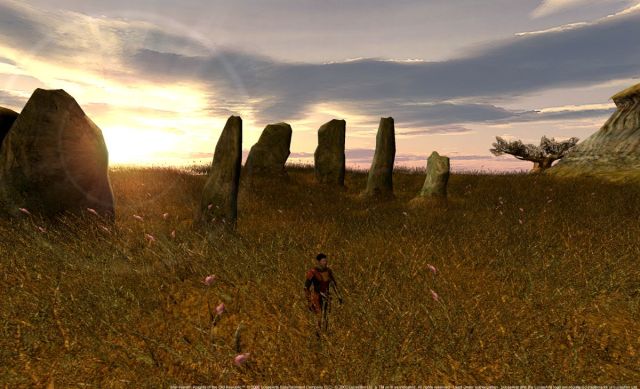
5. Star Wars: Knights of the Old Republic (2003)
Personally, I played Star Wars: Knights of the Old Republic on PC, but it came out a few months earlier on Xbox. Since I missed out on a lot of CRPGs of the era, KotOR was a pretty enlightening experience for me. The companion system was engrossing, and the dark/light-side alignment was an interesting twist that made the experience very personal. Then, of course, there was HK-47, a robot so twisted and evil that I feel rather jealous.
It was followed up by Star Wars: Knights of the Old Republic 2: The Sith Lords by Obsidian Entertainment, which had higher highs and lower lows. The absolute nadir of these lows was the fact that it was clearly unfinished. So while there’s lots of fun to be had through most of the game, and some of the twists that it pulls are extremely meaningful, the whole thing starts to vibrate harder and harder until the end, to the point where it essentially shakes itself apart. So for those reasons, Star Wars: Knights of the Old Republic is here instead.

4. Halo: Combat Evolved (2001)
This is here mostly due to peer pressure. I’m not in love with the Halo games in general. Every year or so I’ll boot one up to play through, and reconfirm my apathy toward the series. However! I recognize its impact. I was around when it dropped, and it was the biggest, latest thing. It was such a huge success that it became one of the most often imitated formulas, and for a good reason. Its combat was truly revolutionary, tying in a small degree of strategy as you identified priority targets and took them out with a range of weapons.
My lack of enthusiasm for Halo today might be because the game’s best features and story beats have been replicated to the point of becoming stale today. That’s not really the game’s fault, though, and back in the day, it was a mainstay multiplayer title for my group of high school friends. We even got eight players together on two connected Xboxes for a few nights. Good times.
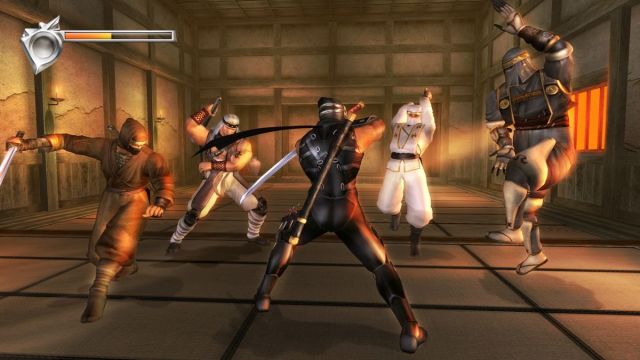
3. Ninja Gaiden Black (2005)
2004’s Ninja Gaiden is a title that I feel was significantly over-hyped at the time of release while simultaneously holding the opinion that it’s a fantastic game. An Xbox exclusive at the time, Tecmo and Microsoft pushed hard with marketing, and a lot of people around me ate it up. It was the Demon’s Souls of the time; it was so difficult that completing it meant you were just so skillful and cool.
I was so built up as this transcendental experience that nothing could realistically live up to the hype. And it didn’t. But I still love it.
It was followed up a year later with Ninja Gaiden Black, which compiled in the two DLC packs that were released for the original title, added missions, and rejiggered other parts of it. It was sort of a definitive edition, and that was only solidified when Ninja Gaiden Sigma was released on the PS3 and was considered to be a prettier version of the game, but otherwise flaccid in comparison. Even today, Ninja Gaiden Black is considered by many to be the best version of the stellar title. I can’t disagree.
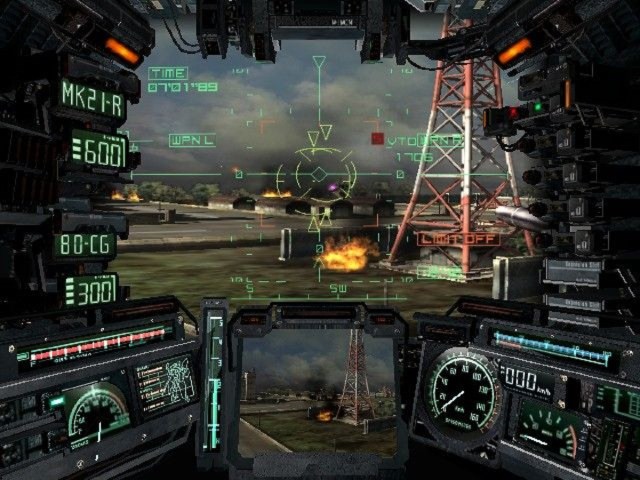
2. Steel Battalion (2002)
“It’s not the game that matters, it’s the controller,” is something I don’t think anyone has ever said. However, in the case of Steel Battalion, that would probably be accurate. Steel Battalion is designed around a controller with 44 inputs. This includes three pedals, two joysticks, a dial, some toggles, and a whole lot of buttons.
There is a game involved here, but I’m not sure how one is supposed to play it with such an assertively arousing controller. Steel Battalion itself is constructed around hardware outside and in. A lot of effort has gone into making its mechs feel like steel coffins with an almost retro-futuristic, cyberpunk feel. There’s enough depth to all the systems to necessitate a good read-through of its extensive manual.
However, and this is one thing you need to know going in: it is absolutely brutal. There’s an eject button on the controller, and it’s more than just for show. If your mech starts giving out on you, you’ll need to press that button to preserve your life. Going down with your tin can means Steel Battalion is going to erase your progress and force you to start over. Even if you do manage to eject, you’ll need to pay for that military hardware you let go up in flames, and if you don’t have the cash to cover it, Steel Battalion will blatantly tell you how much you suck and delete your save. Considering that it can be quite a feat to topple even the fourth level, that eject button will get a workout. At least you’ll get your money’s worth out of that controller.
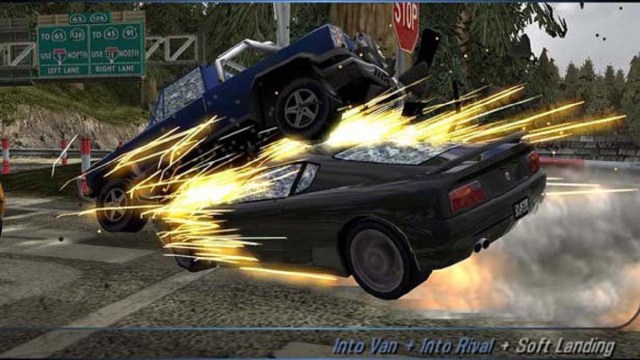
1. Burnout 3: Takedown (2004)
If there’s on game that made me particularly jealous of Xbox gamers in the day, and one that I’m begging for a port or remaster of today, it’s Burnout 3: Takedown. I was a huge fan of the wreck-’em-up racers Burnout and Burnout 2 on GameCube. Then EA would get their green-stained hands on Criterion, and suddenly the GameCube got kicked to the curb. PS2 got it, but my little lunchbox was ignored. That sucks, because Burnout 3: Takedown is easily the best in the series.
It took everything that was good about the first two games (the crashes) and made them better. Suddenly, bumping and grinding felt more impactful, and the game was more chaotic. You were not only rewarded for skillful driving, but aggressive combat. Somehow, Criterion was able to harness the chaos and create mechanical systems that enhance it. A world tour framework brought all the various modes together in one career. It is, to this day, one of my favorite racing games.
Burnout 3 would be followed up with Burnout Revenge on the platform. However, I feel like the “traffic checking” mechanic (allowing you to knock cars traveling in the same direction out of the way) cheapened the thrills of dodging through traffic. Burnout 3, on the other hand, is racing perfection.
For all the latest Games News Click Here
For the latest news and updates, follow us on Google News.

